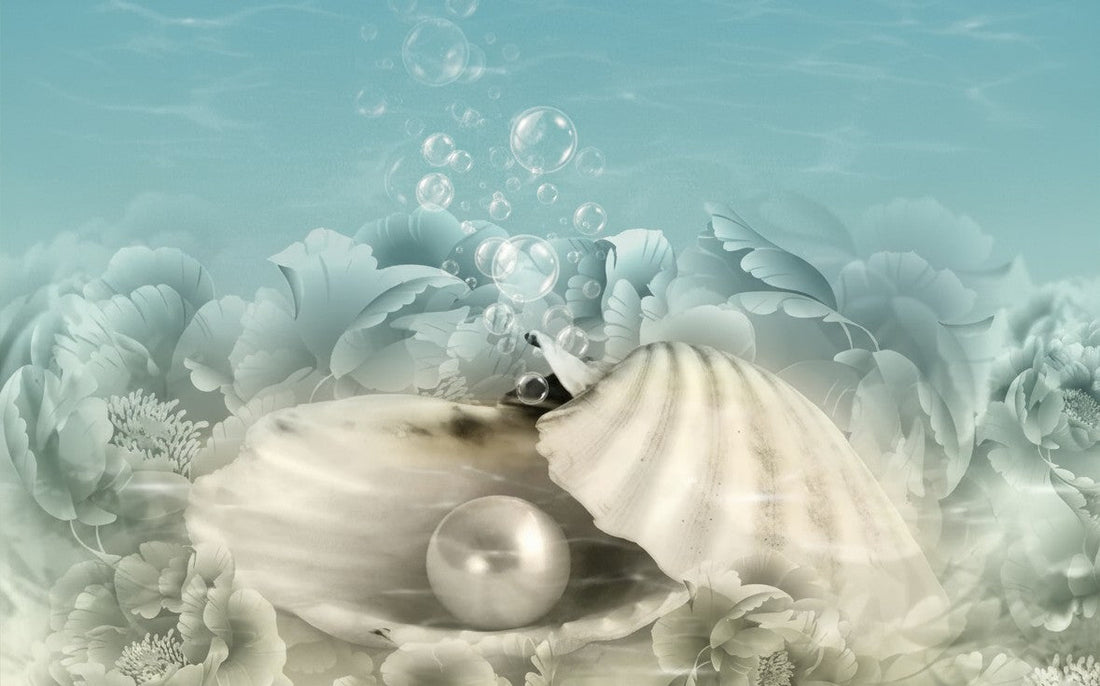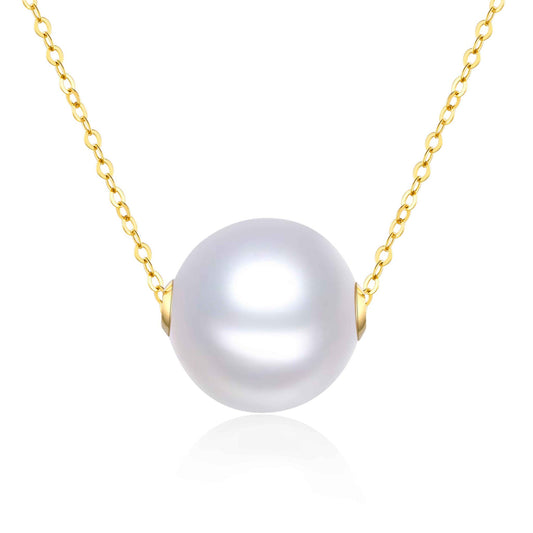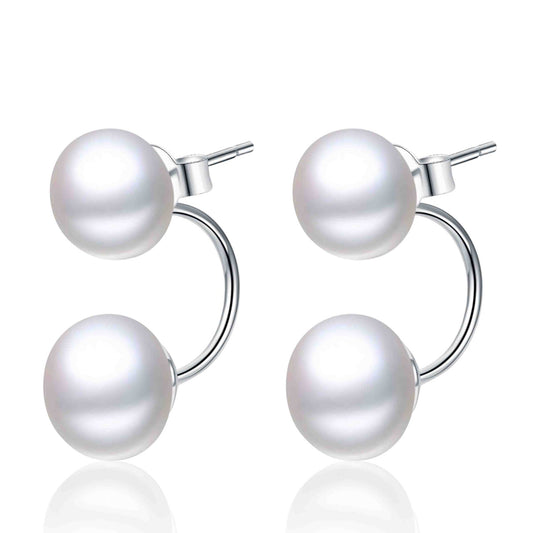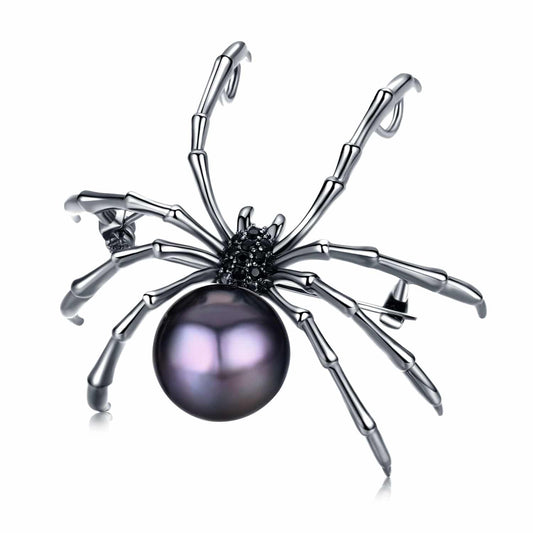
Pearl Opening Parties: The Truth Behind Oyster Pearls
Share
Pearls feel like a poem written on water. They rarely shout, they always glow. A pearl might rest cool on your palm, luminous with a quiet depth shaped over years by the ocean’s gentle rhythms.
Recently, a new ritual has been capturing imaginations: the pearl opening party, where you have the chance to “discover your oyster pearl” in real time.
In this blog, we’ll explore how pearls form, what these parties offer, and how to find beauty that truly lasts.
The Origin of Pearl Opening Parties
The origin of pearl opening begins with social media and live-streaming. One video leads to another until the concept of opening oysters on camera becomes a shared experience.
At first, it started small. Friends gathered around, cracking open shells, marveling at what emerged. The idea was simple, yet it was full of suspense as one waited to see what pearl lay hidden.
As livestreams garnered an audience, brands and hosts leaned into the allure. Turning the process of oyster opening into a ceremony. Viewers bought oysters online. They joined digital rooms full of anticipation. With each shell pried open, there was a reveal: new hues, unexpected shapes, tiny moments of magic.
People entered these events hoping to find a rare oyster pearl, something vivid or special. Sometimes they did. More often, the appeal wasn’t in rarity but in the experience itself, the joy of watching, hoping, and seeing something beautiful appear before your eyes.
The Reality of Oyster Pearls: Nature vs. Parties
When it comes to oyster pearls, the line between nature’s quiet artistry and the sparkle of market demand tells a very different story.
Natural oyster pearls take time
In the wild, pearls are accidents. An irritant enters the oyster. The creature responds by coating it gently, layer after layer, over the years. These gems are rare, almost sacred.
Cultured Pearls Are Equally Real
A human hand places a tiny nucleus inside the oyster in this case. From there, nature takes over, just as it would in the wild. Over time, nacre builds, and a pearl emerges. Luminous and made by human care and nature’s wisdom.
Pearl Opening Events Are Different
The oysters you find at parties are usually preserved, not living. The pearls inside are most often placed there ahead of time or produced in ways meant for quick reveals. The outcome shines, but the story is shorter.
We Feel the Thrill With You
Watching a shell pop open. Seeing that pearl warm in your hand. It feels enchanting. But it also matters to remember what that pearl has and hasn’t lived through.
We acknowledge both the delight of the moment and the depth of tradition in both kinds of pearls, the theatrical and the timeless.
Inside a Pearl Opening Party Experience
Picture yourself leaning forward as the host lifts a shell toward the camera, light catching its edges. A hand cracks it open. A pearl, warm with sheen and still glistening, appears. There it is, your pearl.
There’s a collective exhale, a whispered “wow,” and perhaps someone turns to share the moment with a friend or family member. The pearl is lifted in the air. Laughter bubbles through the speakers or the gallery. Someone calls out how pale or pink it is or how perfectly round or delightfully irregular.
The experience feels special because of what it captures, not only beauty but suspense, connection, and laughter. It doesn’t matter if that pearl traveled for years inside the oyster. In the moment of reveal, it belongs to you and everyone sharing that breath.
That’s the simple truth: it’s not always about rarity. It's about happiness when something precious appears just for you.
Are Oyster Pearls Valuable? The Truth Behind Pricing

Oyster pearls have long been wrapped in mystery and myth, but what truly defines their value today is more practical than legend.
Natural Oyster Pearls Are Rare Treasures
These pearls are untouched by human intervention, formed in wild oysters, shaped over the years. They are rare, and that’s why they are deeply sought after.
Cultured Pearls Carry a Legacy
Grown under care, where nature responds to a gentle start. They are real, beautiful, and full of meaning. Crafted slowly, with patience and precision.
Imitation Pearls Are Tasteless And Nothing More
Beautiful at a glance, but lacking depth. Made of glass or resin, designed for quick joy, not lifelong love. Pearl opening party: Pearls usually fall into the cultured category. Their value comes less from rarity and more from the moment they were revealed.
A cultured pearl may not make fortunes. Yet, in what it reminds you of, it can hold currency far more meaningful.
Why People Still Love Pearl Opening Parties

Pearl opening parties continue to delight. Why? Because they gather us around a moment of awe. A mother and daughter are watching together from across town. Strangers cheer each discovery. These events create connections, even across devices.
The pearl becomes more than a gem. It is a story you tell about the moment you held a surprise in your hand, even if it came from a staged reveal. They’re also accessible. The lengthy wait, the careful sourcing, the refinement of traditional pearls, that’s a different kind of beauty. But sometimes, what we need is a spark now, a shimmer of light in an everyday day. That’s why we don’t turn away from the trend. We simply invite you to see both sides, the sparkle and the substance.
Our Perspective: Choosing Timeless Pearls Over Party Fads
At Timeless Pearl, we believe that pearls are more than pretty surprises. They are symbols meant to last.
While the moment of a reveal is sweet, the story worth wearing is the one that is most valuable. A pearl cultivated with care, chosen for its luster and meaning, becomes part of your life. We honor that journey. We carefully choose cultured pearls from regions that respect their oysters and waters.
When you wear a Timeless Pearl piece, you’re wearing time, love, and intention. We celebrate the joy of surprise. But we believe deeper joy lives in a pearl that glows for decades.
The Enduring Grace of Pearls
Pearls are not just for spectacle. They are about patience and elegance. Pearl opening parties bring delight in seeing something hidden revealed. But their charm is fleeting.
At Timeless Pearl, we offer pearls worth returning to. They are pieces meant to celebrate your milestones and the quiet moments in between. Pearls that carry with them a story, not a performance.
We invite you to explore our collection. Find the pearl that fits your story, glows gently with your light, and remains luminous forever.



